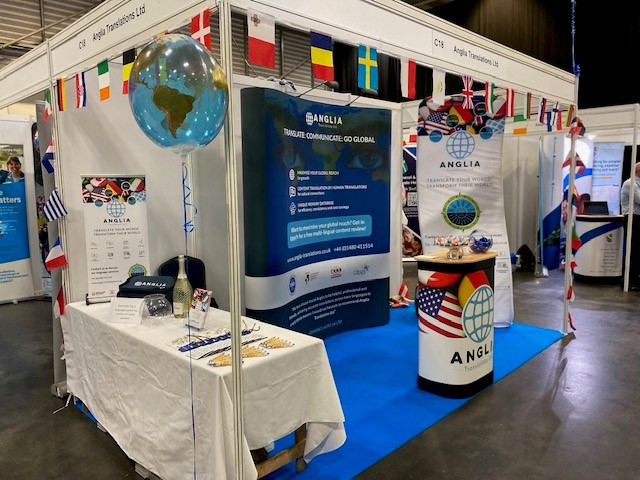Why Multilingual UX should be a Key Part of your Digital Strategy
In an increasingly competitive and fast-moving digital world, it’s more important than ever for businesses to ensure user experience (UX) is as seamless as possible. UX is the internal experience that a customer has while interacting with a company. It’s all-encompassing and can refer to a person’s emotions and attitudes surrounding the use of a particular service or product, as well as the practical, experiential and meaningful aspects of the interaction.
For some marketers, UX may not be a top priority, but this needs to change. It’s a key part of digital strategy and of fundamental importance to ensure a company survives and succeeds. It could be the determining factor in a user’s split-second decision to stay on a site or navigate away to one of its competitors. If they stay, then they must have found what they wanted.
An exemplary user experience must meet the exact needs of the customer through ease, clarity, personalisation and convenience. There can be no fuss or bother. If the product or service being offered is not user-friendly, even the most exceptional marketing is pointless.

Why is Multilingual UX so Vital?
Given the global nature of the Internet and the rise of international e-commerce, expanding into international markets is on many business’s agenda. To succeed in this global market, delivering strong multilingual UX is crucial. This can help to reduce web page bounce rates (when users leave a site after viewing only one page) as well as strengthening engagement and converting website visitors. Focusing efforts on comprehensive website translation is a core element of multilingual UX.
Users should easily be able to select the language they want to use when browsing and navigating through a site. However, including a convenient and visibly placed language selection box is only the start of strong multilingual UX. Once the user has clicked on the language of their choice, every page on the site must be effectively translated to deliver the strongest, most relevant and personalised experience for this user. Without investing in comprehensive website translation and content creation, having this language box is meaningless.
When a site and its content is translated for local audiences, it’s essential that the website not only speaks their language in terms of grammar and local nuances, but the content and communications are tailored to their culture. Known as transcreation, this is the process of translating and recreating a message in a new language while making sure it’s appropriate in the context for which it’s intended.
A multilingual website must be adapted and localised in terms of layout, colour and culture. For example, while red may indicate celebrations in one country, it could symbolise death in another, so companies may have different colour themes for their site or ad campaigns depending on the region they’re targeting. This ensures that everything people from different nationalities and cultures interact with when browsing a site is tailored appropriately to them, creating a more seamless UX.
With more and more countries expanding their e-commerce market, incorporating multilingual UX into the digital strategy of a business is becoming increasingly relevant. To maximize sales, foster growth and win new customers, businesses must make their online presence and UX easily and conveniently accessible to everyone, regardless of language or culture.



